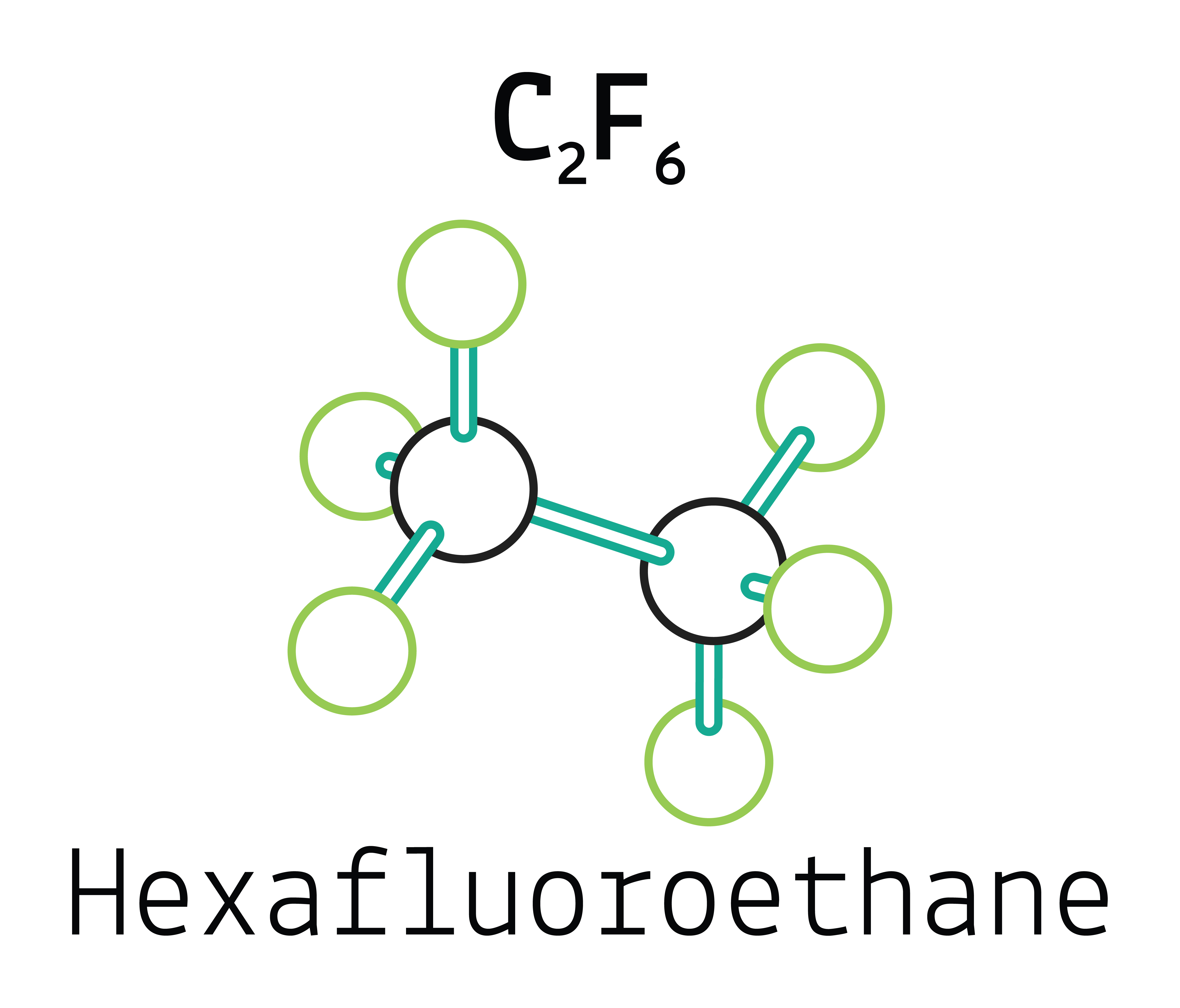PFC or perfluorinated organic compounds are substances often used in the production of paper food packaging, including French fries in fast food. PFCs have the ability to penetrate food products and accumulate in the human body. They can be very dangerous to health. PFC or perfluorinated organic compounds are substances with water, fat and stain resistance properties.They are widely used in industry and are very often used in the production of paper food packaging. PFCs have the ability to penetrate food products and accumulate in the human body, to which they get together with food, but also from other sources, e.g. water and air. Organic fluorine compounds can be very dangerous to health. They are associated with, among others with elevated cholesterol, impaired thyroid function, liver damage and cancer.
What are PFCs?
PFC, i.e. perfluorinated organic compounds, is a group of chemical substances with hydrophobic and oleophobic properties, thanks to which they are resistant to water and fat and do not decompose under their influence. PFCs are used very widely in many industries. They can be found, among others
Some of the PFC compounds are considered harmful and withdrawn from use in industry, but in their place, fluorinated substances with the same properties that are not thoroughly tested are still being produced. At the beginning of 2017, the FDA approved another 20 perfluorinated organic compounds for use, especially in paper food packaging.

Risks associated with using PFC
PFCs are very stable compounds that hardly disintegrate, get into water, air and soil, and their concentration in the environment is constantly increasing. More and more scientific research indicates their toxicity and threats to human health resulting from contact with perfluorinated compounds, which are commonly found in the blood of tested people, easily accumulate in tissues and are removed even after several years. The most studied and most common are PFOA (perfluorooctanoic acid) and PFOS (perfluorooctane sulfonic acid).
PFCs enter the body together with food through the digestive system, but also through the respiratory system and skin (e.g. from waterproof fabrics). They are not metabolized in the body and accumulate in the liver in the largest amounts. They are excreted only through the urinary system.
Scientific studies conducted on experimental animals indicate that the consequences of PFC exposure include enlarged liver, liver cell dysfunction, abnormal fat and protein metabolism, and changes in hormonal management. It has been proven that small amounts of PFC on the order of fractions of a millimole cause a significant increase in the concentration of peroxide ions with a strong oxidizing effect.
PFCs are poorly studied compounds, and the final verification of their impact on the human body requires more detailed analysis.The effects of exposure to perfluorinated compounds are mentioned
PFC in food packaging
Many scientific studies have shown that perfluorinated compounds pass from packaging to food products. Their concentration in products depends on the temperature of the food and the time of contact with the packaging, length of the PFC chain and type of food (with high water or fat content). The higher the food temperature and the higher the fat content, the more PFCs migrate from the packaging.
The main sources of perfluorinated compounds in food are microwave popcorn packaging and paper wrappers for sandwiches and fries from fast food outlets. No limits on the content of organic fluorine in food packaging have been introduced in the European Union. Only the Danish government recommends PFC upper limits in paper packaging.
In 2017, the results of a study were published in which the content of fluorine compounds was checked in more than 400 samples of packaging from fast food premises in the United States. They show that PFC is present in
Not all fast-food chains use PFC packaging, and within a given network, the level of organic fluorine compounds often depends on the location and the manufacturer supplying paper packaging to the premises. Perfluorinated compounds were found in packages of such chains as Burger King (27% of samples), Pizza Hut (33%), KFC (25%), Mc Donald’s (19%), Starbucks (76%), Subway (42%) and others. Not only fast food packaging is a source of PFC in the diet. They were found in butter, milk and other dairy products. Fish, seafood and eggs are also considered an important source of PFC.
How to avoid PFC in food?
Due to the widespread occurrence of perfluorinated organic compounds, it is impossible to completely eliminate them from their surroundings. It is also not possible to quickly recognize if the packaging contains PFC. However, it is worth following a few tips to minimize the risk of exposure to these toxins.
- Don't buy ready-made sandwiches, just make them yourself. The fresher the products, the less PFC from the packaging has the chance to penetrate them.
- Avoid junk food - hamburgers, fries and other products served in paper packaging with a waxed coating.
- You can ask for fries in a paper cup as they do not contain PFC.
- Take food out of its original packaging as soon as possible.
- Use tap water filters.
- Store food in glass, stainless steel or plastic packaging (which does not contain bisphenol A).
- Avoid using Teflon coated kitchenware and utensils, especially if they are damaged and scratched.
- Buy fresh food as often as possible. It's easier to get PFC in all packaged products.
- Do not cook popcorn in the microwave. Its packaging almost always contains PFC. Instead of bags of popcorn for the microwave, buy clean grains and prepare them in a pan. It will be healthier and less caloric.
- Avoid food that is heated in its original packaging.






